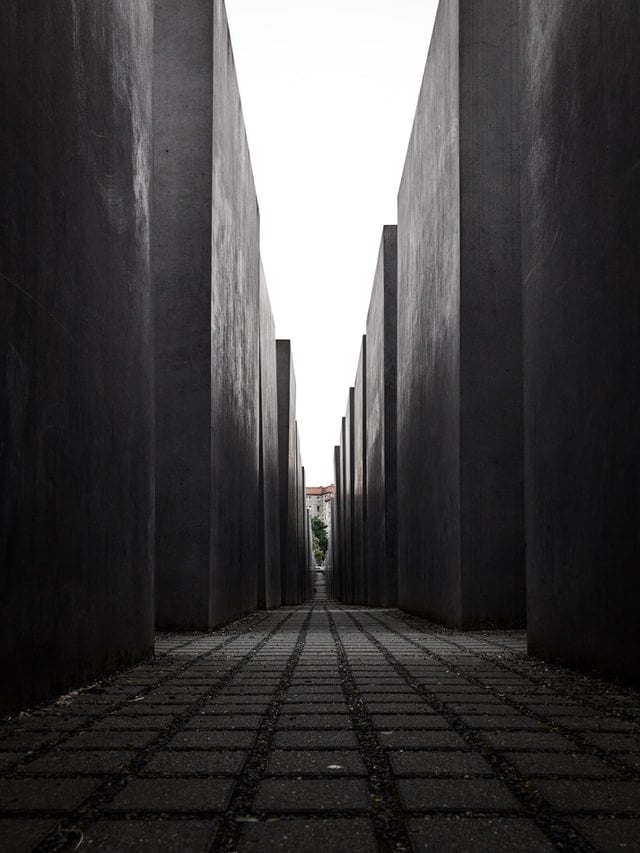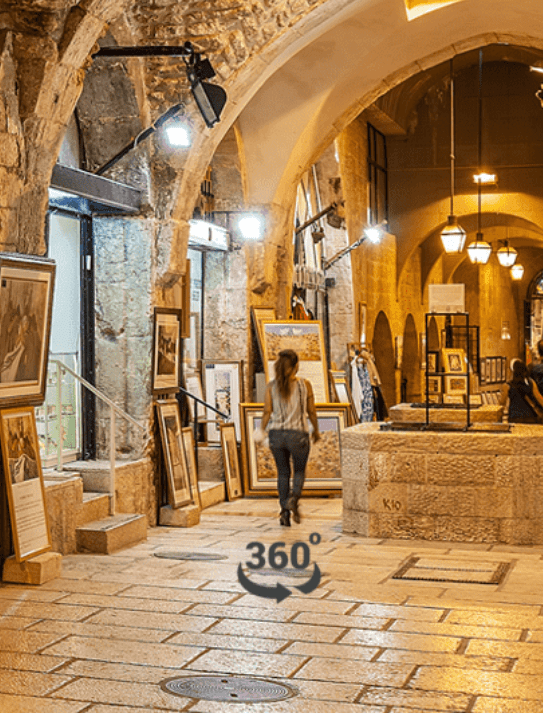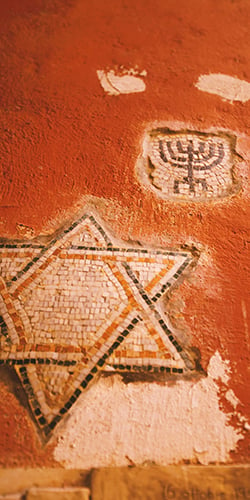Sarajevo: A Jewel of Jewish History
The Jewish community of Sarajevo is one of the best examples of Jewish success in the diaspora. The history that remains today is both a testament to a golden era of acceptance and a reminder of the evils of antisemitic persecution.
Sarajevo as “Little Jerusalem”
Jewish life in Sarajevo began sometime during the 16th century. While most historians debate the exact date, the first documents from the community date to 1565. The Jews that arrived during this time were Sepharidic Jews from Spain. The horror and persecution of the inquisition forced out a large number of Jews, who resettled in Eastern and Western Europe. Life for the Jewish community of Sarajevo was one of relative peace and prosperity.
During this time, Bosnia was under the control of the Ottoman Empire. The majority of the city was Muslim but they welcomed the Jewish community with open...















